Edward Longe and Turner Loesel
Broadband access has truly been a remarkable success story for America. According to Pew Research, in 2001 only 6% of Americans had access to home broadband. Fast forward to 2023, and that number has soared to a record 80%. As subscribership has increased, so has the average speed. In 2018, the average home broadband speed was a modest 46.9 Mbps. By 2023, this number had more than doubled to 109.5 Mbps, a testament to the private sector’s capacity to drive innovation and push the boundaries of what is believed possible.
Unfortunately, broadband’s success story could be under threat from a misguided and dangerous suggestion that broadband providers should contribute to the Universal Service Fund (USF), a measure that Federal Communications Commission (FCC) Chairwoman Jessica Rosenworcel warned Congress “would increase consumer broadband bills by $5.28- $17.96 per month.”
The desire to expand the revenue base to include broadband providers, an idea the FCC has criticized, comes at a critical time for the USF. The Technology Policy Institute reports that “the taxable base,” that the USF can draw from “has steadily declined from $70 billion in 2003 to $30 billion in 2022.” These declines have forced the FCC to increase the tax rate from 5.7% in 2000 to over 35% in 2024 to maintain the revenues and deliver on its mission of providing universal access to telecommunications services in unserved and underserved areas.
Source: “Lawmakers Have a Unique Opportunity to Modernize the Universal Service Fund, Rhonda Johnson, EVP, Federal Regulatory Affairs, AT&T: August 28, 2023
According to the Government Accountability Office, nearly a third of the 22 million Americans without access cite cost and affordability as reasons why they do not currently subscribe to a broadband service. Increasing the monthly bill of broadband service for those who already subscribe from anywhere between $5 and almost $18 per month will only put broadband further out of people’s reach at a time when President Biden and presidential candidate Harris have promised to connect everyone in America and close the digital divide.
Increasing the cost of broadband bills by imposing an effective broadband tax would be especially perilous for consumers given the reality that prices for service have been falling. According to U.S. Telecom’s Broadband Pricing Index, the price of broadband service has dropped by 18.1% compared to last year and by over half in the past ten years. Adding a broadband tax would effectively wipe out these declines and force consumers to pay more for a service that would be declining in price under ordinary market conditions. More expensive bills also mean fewer consumers subscribing to broadband services or being forced into slower speeds, limiting their ability to participate in modern America.
In the twenty-first century, access to high-speed broadband is critical. It enables employees to take advantage of remote job opportunities outside their immediate communities, students to participate in a wider range of educational opportunities, and people to receive virtual healthcare when a doctor or nurse might not be available locally.
All of this would be jeopardized if broadband providers were forced to contribute to the USF.
Thankfully, solutions do exist that do not require expanding the USF’s tax base. A report from the Government Accountability Office identified “at least 133 funding programs—administered across 15 agencies—that can be used to support broadband access, including support for planning and deploying infrastructure, making service affordable, providing devices, and building digital skills.” The report further explained that these programs are “fragmented, overlapping, and potentially duplicative” creating opportunities for waste and abuse of federal dollars. A smarter approach would be for Congress to streamline these programs, cut those that are no longer delivering on their stated goal, merge duplicative programs, and augment those that are providing real results.
That way, federal dollars will be stretched further without the need to expand the tax base. Importantly, it won’t widen the digital divide.
The remarkable growth of broadband access in America stands as a testament to private-sector innovation. However, the proposed expansion of the Universal Service Fund threatens to undermine this progress — pricing out millions of consumers. Rather than impose what amounts to a broadband tax, policymakers should focus on streamlining programs. This approach would potentially save millions of dollars and secure the long-term future of the USF, without raising prices for consumers. As broadband becomes increasingly vital for work, education, and healthcare, we must ensure policies foster, not hinder, widespread access.
Our digital future depends on smart, forward-thinking solutions that build upon, rather than jeopardize, America’s broadband success story.












